United Ngunnawal Elders Council chair Roslyn Brown is arguing that many ACT landmarks need new names. Photo: G Jacobs.
The senior voice representing the ACT’s traditional owners, the United Ngunnawal Elders Council, wants many of Canberra’s most significant landmarks to reclaim their Aboriginal names, alongside the names they were given by European settlers.
Speaking as NAIDOC Week begins, they have called for “a sense of belonging through the sharing of our ancient names with all Australians”, nominating Black Mountain, Mt Ainslie, Mount Majura, Gibraltar Rocks and Yankee Hat among the landmarks that need to be recognised differently.
Robert Campbell probably named Majura after “Majura in India”, according to the ACT National Trust, while Mt Ainslie recognises Campbell’s Duntroon overseer, James Ainslie. Black Mountain and Red Hill were both also likely named by early settlers, while Gibraltar Rocks commemorates the Mediterranean landmark and Yankee Hat, site of the ACT’s only Aboriginal rock art, is said to resemble 19th century American headgear.
“It would show far more respect for the Ngunnawal people, for all Canberrans and for the nation as a whole to have names nominated by Ngunnawal people through the Council,” said Council chair Aunty Roslyn Brown. “It would be great for Reconciliation and it would help us to know that mainstream Australia does care.”
The proposed names are still being considered by the Elders’ Council, but Roslyn said they envisage a process similar to the transition between Ayers Rock and Uluru. “People have come on board more and more with the name change as they felt a sense of ownership and belonging,” she says. “Most people now use the correct name for Uluru but a similar process of transition here makes it easier for people who might feel uncomfortable at first.”
Aunty Roslyn says the Council means no disrespect to the people whose names are currently used, but she believes the use of Aboriginal names will give ownership of the national capital’s landmarks to all Australians.
“They were a sign of times when they were originally named, but it’s the 21st century now. By adopting the names we’ve nominated we are sharing and also embracing our non-indigenous brothers and sisters, and we hope they will come to accept and love the names,” she said.
Historian and Bunurong, Punniler panner and Yuin man Bruce Pascoe, whose book Dark Emu examined Aboriginal land use and landscape interpretation, has argued for a dual naming system across Australia.
He believes that around two thirds of place names in Australia already have Aboriginal origins and is calling for a thorough analysis of place names as a way of bringing the country together. While many refer to flora, fauna or landscape features, others refer to the arrival of Europeans or even massacre sites.
“To learn the names we’ll have to go through a period of discomfort because it’s an uncomfortable history. But it’s better than going through a period of ignorance,” Mr Pascoe said to ABC Radio this year.
“You learn the name, you learn your country.”
The ACT recently made the decision to rename William Slim Drive after controversy surrounding the war hero was revealed. There have also been calls to rename Haig Park, named for Field Marshal Haig.
Should we reclaim Aboriginal place names in the ACT?













